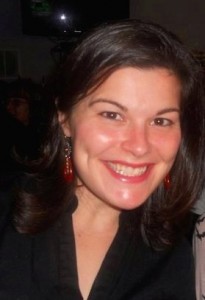
Whitney Miller-Brengle
No Conversation Should be One-Sided: Engaging with Patrons through Social Media
Posted by Nov 22, 2011

Whitney Miller-Brengle
A first-time National Arts Marketing Project Conference attendee can sum up day one of the conference with the following experiences: hearing and sharing new ideas, developing a camaraderie with fellow attendees, diving into the Twitter conversations going on throughout the day (with the appropriate corresponding #hashtags, of course), and—at least for this first-time attendee—ending the day with achy feet and a fresh outlook on arts marketing. I was thrilled to participate in my first NAMP Conference, and honored that my hometown served as host for the conference this year.
I’ll admit that prior to the conference, I was unfamiliar with keynote speaker Scott Stratten and his book, Unmarketing: Stop Marketing. Start Engaging. Therefore I went into his presentation with no expectations, though a little weary of someone who describes his techniques and practices as “unmarketing.” To my delight, Scott went above and beyond the duties of a keynote speaker. Not only was I thoroughly entertained (who doesn’t love to start the day off with several good laughs?), but I left that room with several key take-away ideas.
Perhaps what stood out to me most during the presentation were the points that supported Scott’s suggestion to “stop marketing and start engaging.” Our audiences and potential audiences are already expert engagers. They’re religiously reading their Facebook newsfeeds, tweeting up a storm, checking in, commenting, tagging, blogging…you name it, they’re all over it. And as arts organizations, if we aren’t right there with them—starting conversations, listening and responding to their feedback, sharing photos and videos—we are doing ourselves and our patrons a huge disservice.
Read More


 Laura Kakolewski
Laura Kakolewski





 Adam Thurman
Adam Thurman

 Katherine Mooring
Katherine Mooring




